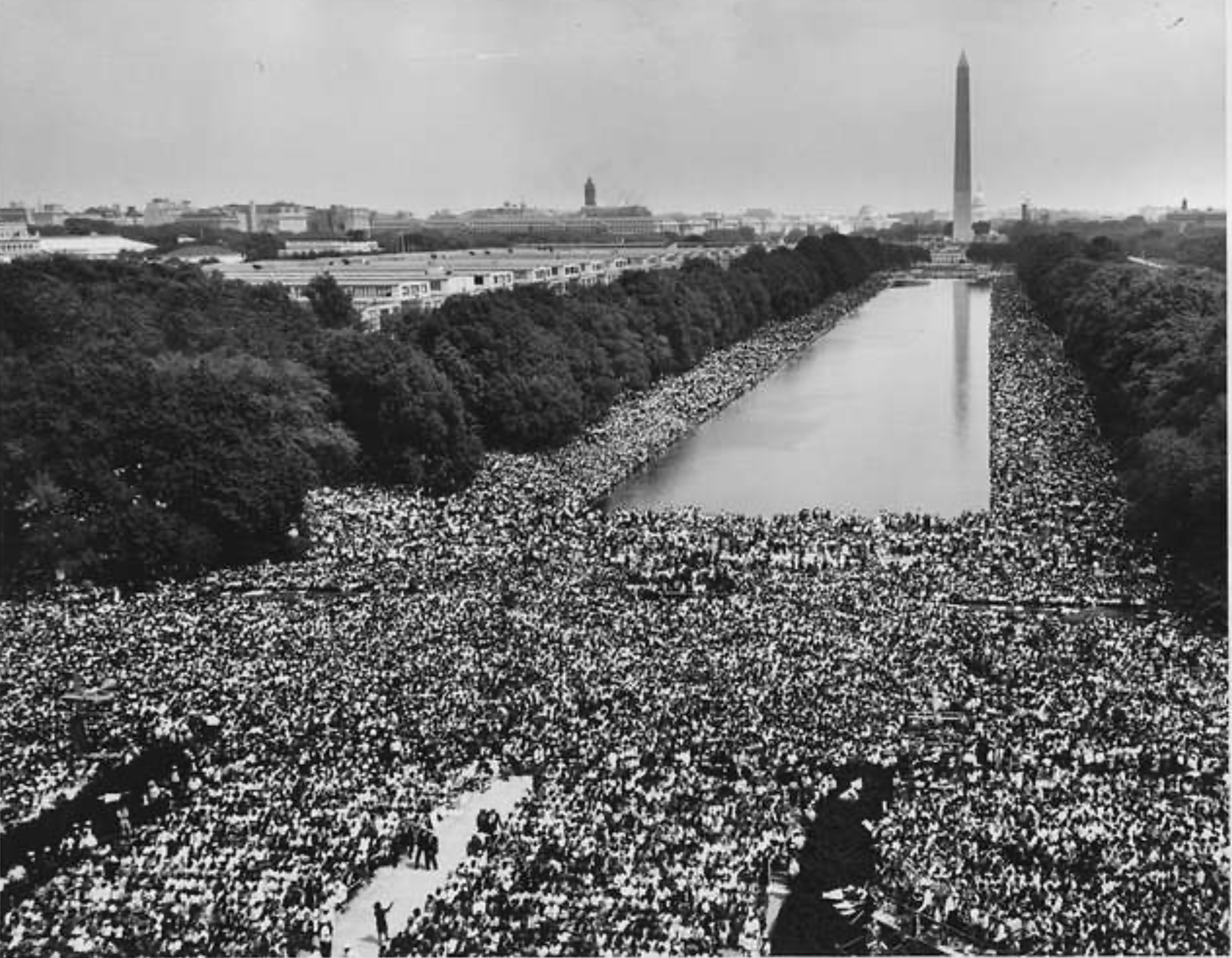
Temporarily Changing House Rules to Allow Remote Proxy Voting & Hold Remote Committee Hearings (H. Res. 965)
Do you support or oppose this bill?
What is H. Res. 965?
(Updated January 23, 2021)
This resolution would change the rules of the House of Representatives until 45 days after the coronavirus (COVID-19) public health emergency ends to allow members to cast their vote remotely by proxy and committees to conduct hearings remotely. It would also allow members to cast their vote remotely using technology if a determination is made that the technology is operable and secure.
Remote voting by proxy would be permitted on the House floor during the public health emergency, and all members voting remotely would be counted toward a quorum. Members would be required to send a letter to the House Clerk to designate a proxy, and proxies could be empowered to vote on any vote before the House whether its procedural, on an amendment, or final passage. Members voting remotely would be given 24-hours notice before any final passage vote to ensure that they can secure a proxy if they haven’t yet designated one.
Proxies would have to receive exact written instruction from the member voting by proxy for each vote and would be required to follow that instruction precisely. Members couldn’t serve as a proxy for more than ten members. For the purpose of transparency, a list of designated proxies would be posted on the House Clerk’s website and a list of members voting remotely would be printed in the Congressional Record following each vote. Additionally, members’ votes will be read aloud during the vote.
Committees would be authorized to hold virtual hearings, markups, and depositions so that members can carry out oversight, fact-finding, and prepare legislation for the floor. Committee chairs could choose to hold entirely virtual hearings with members participating from any location, or they can hold proceedings in a hearing room with some members participating remotely. Members participating remotely would count towards a quorum and be able to vote. Committees would be required to use technology approved by the House Administration Committee for remote participation.
The House Administration Committee would be directed to study the feasibility of using technology to vote remotely in the House and certify that there is an operable and secure technology for remote voting. After the certification, the Rules Committee would be directed to issue regulations on the implementation of remote voting. The House Speaker would then be authorized to notify the House that members could cast votes remotely during the public health emergency.
Argument in favor
The House needs temporary flexibility from its current rules to allow members to vote & committees to conduct their business safely during the coronavirus pandemic. This resolution allows lawmakers to vote remotely by proxy, committees to hold remote hearings, and clears the way for a potential secure technological means for members to vote remotely.
Argument opposed
The House of Representatives has already changed its procedures in terms of voting and committee hearings to allow members to socially distance during the pandemic while still accomplishing their work. There’s no reason to allow proxy voting. Members of Congress shouldn’t consider themselves above showing up in person to do “essential” work.
Impact
Members of the House of Representatives.
Cost of H. Res. 965
A CBO cost estimate is unavailable.
Additional Info
In-Depth: House Majority Leader Steny Hoyer (D-MD), House Administration Chairperson Zoe Lofgren (D-CA), and Rules Committee Chairman Jim McGovern (D-MA) released the following statement on the introduction of this resolution:
“Members on both sides of the aisle have urged we act to ensure the House can continue legislating during this pandemic. Rather than moving forward with a Democratic proposal, we formed this task force to give bipartisan compromise another chance. While we could not come to an agreement, we have incorporated several Republican ideas into this resolution. We will now move forward on these temporary emergency procedures to ensure the House can continue fully working for the people during this public health and economic emergency. The time has come to act -- further delay is not an option.”
House Minority Leader Kevin McCarthy (R-CA), Rules Committee Ranking Member Tom Cole (R-OK), and House Administration Committee Ranking Member Rodney Davis (R-IL) released a statement opposing Democrats’ plan to change the House rules:
“Across our nation, Americans of all stripes are making sacrifices and doing their part to defeat this virus -- and they expect Washington to do the same. Unfortunately, far from being ‘captains of this ship’ as Speaker Pelosi recently proclaimed, the Democrats’ proposal calls for the House of Representatives to abandon ship -- potentially for the remainder of the session. As we have said from the start, any change to centuries-old rules of the House should only be done in a bipartisan way that achieves consensus. This proposal fails that critical test and would forever alter our democratic institution for the worse. It creates a dangerous new definition of ‘voting by proxy’ that runs counter to past House committee precedent, current Senate committee practice, and the Constitution. It facilitates only legislative theater while enabling the most significant power grab in the history of Congress, leaving our constituents’ voices shut out of the real lawmaking process. And it disregards rights of the minority at all levels, a failure of leadership that will have lasting consequences for our institution beyond the current pandemic. Republicans have put forward a detailed plan to ensure the People’s House can perform its vital functions during this time in a safe and effective manner. We call on Democrats to do the same and drop this ill-conceived member management exercise masquerading as reform.”
McCarthy offered a plan of his own to reopen the House of Representatives amid the pandemic that revolved around four strategies:
Modify Existing Practices & Structures: Noting that Democrats have agreed that the best option is to use existing rules & practices, McCarthy suggests continuing social distancing in committee hearings and during floor votes. He adds that House offices should be reassessed for provisional occupancy levels to maximize physical distancing, and that things like plexiglass dividers could be installed in highly-trafficked areas.
Phased Return for Committees: McCarthy suggests that committees outline their business meetings for the next month with estimated attendance levels for the majority leader, so that leadership can create a staggered calendar that allows for the rotational use of larger committee hearing rooms when necessary. He recommends prioritizing high-priority legislation that has bipartisan & bicameral appeal, like the annual defense authorization bill, the biannual water resources development bill, and FY2021 appropriations. Floor votes could be delayed and queued up for the end of the week.
Deploy Technology in a “Crawl, Walk, Run” Pattern: Rather than immediately instituting sweeping changes to the precedents the House uses to conduct business, hybrid hearings with some limited in-person attendance and remote attendance for others who fall into at-risk categories should be pursued. Committees with sensitive & classified workloads, like Ethics & Intelligence, would still meet in-person.
Accelerate Active Risk Mitigation: This is already underway thanks to the House’s Attending Physician & House Administration Committee, as member offices have received Personal Protective Equipment (PPE) kits, hand sanitizing stations installed around the Capitol & House floor, and in-person staffing limited. McCarthy recommends screening procedures through at-home or self-reported monitoring, temperature checks at entry points, or a combination of all.
Media:
Summary by Eric Revell
(Photo Credit: House Speaker via Wikimedia / Public Domain)The Latest
-
 Changes are almost here!It's almost time for Causes bold new look—and a bigger mission. We’ve reimagined the experience to better connect people with read more...
Changes are almost here!It's almost time for Causes bold new look—and a bigger mission. We’ve reimagined the experience to better connect people with read more... -
 The Long Arc: Taking Action in Times of Change“Change does not roll in on the wheels of inevitability, but comes through continuous struggle.” Martin Luther King Jr. Today in read more... Advocacy
The Long Arc: Taking Action in Times of Change“Change does not roll in on the wheels of inevitability, but comes through continuous struggle.” Martin Luther King Jr. Today in read more... Advocacy -
 Thousands Displaced as Climate Change Fuels Wildfire Catastrophe in Los AngelesIt's been a week of unprecedented destruction in Los Angeles. So far the Palisades, Eaton and other fires have burned 35,000 read more... Environment
Thousands Displaced as Climate Change Fuels Wildfire Catastrophe in Los AngelesIt's been a week of unprecedented destruction in Los Angeles. So far the Palisades, Eaton and other fires have burned 35,000 read more... Environment -
 Puberty, Privacy, and PolicyOn December 11, the Montana Supreme Court temporarily blocked SB99 , a law that sought to ban gender-affirming care for read more... Families
Puberty, Privacy, and PolicyOn December 11, the Montana Supreme Court temporarily blocked SB99 , a law that sought to ban gender-affirming care for read more... Families
 Climate & Consumption
Climate & Consumption
 Health & Hunger
Health & Hunger
 Politics & Policy
Politics & Policy
 Safety & Security
Safety & Security
